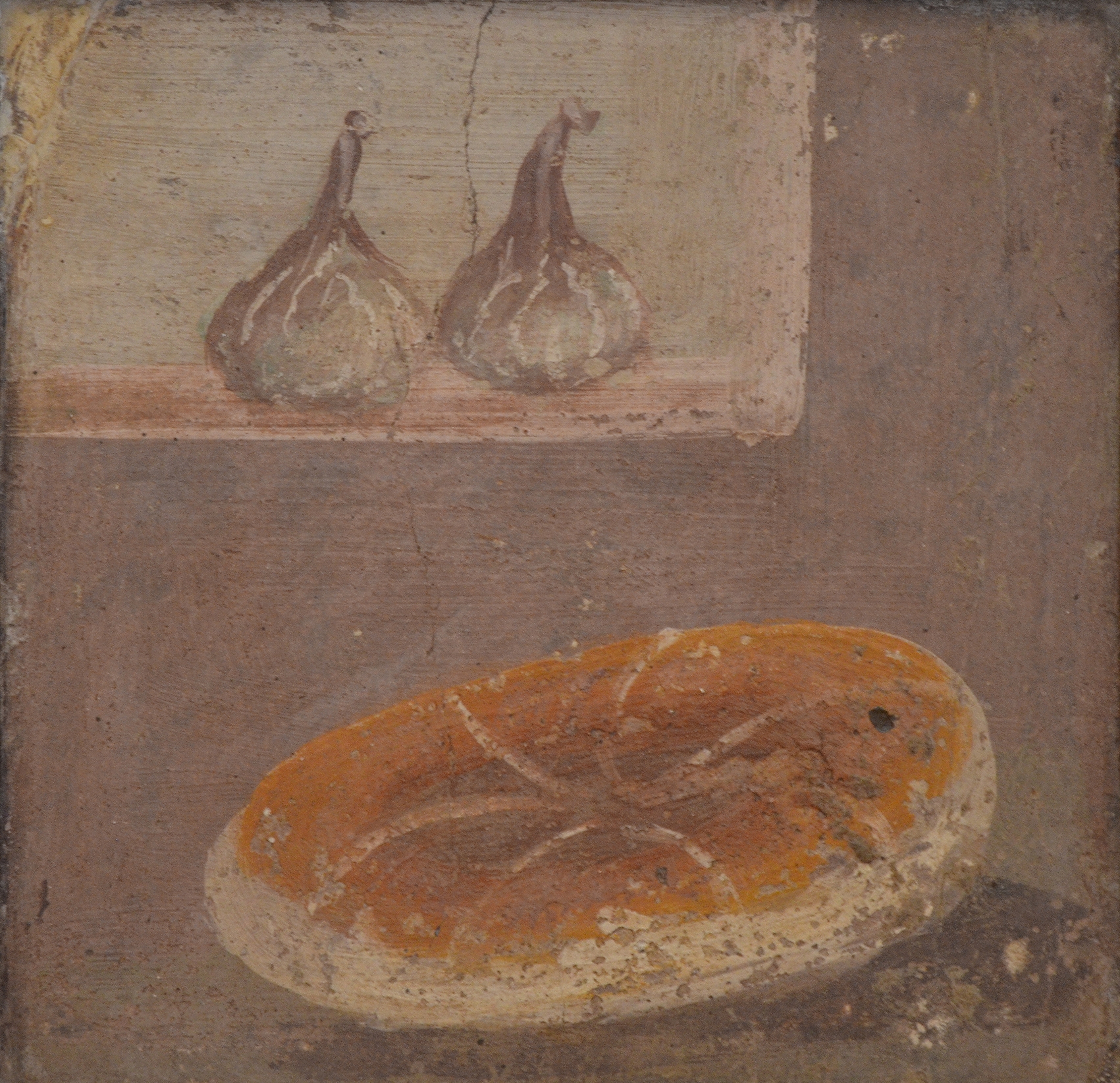What does “breaking bread” mean in ancient texts (Mark 14:22, Acts 2:42, 2:46, etc.)?

Look at one of the contemporary types of bread, the panis quadratus. The top is scored into equal sections. Usually there are eight sections, but an image from Pompeii shows a candidate for office distributing larger breads with 12 sections.

The panis quadratus simplified the task of distribution of bread within a group of equals. Every person received the same quantity of bread. I suggest that at meetings of every sort of fellowship group, the breaking of the panis quadratus and its distribution symbolized and reified the equality of the members. Perhaps the form of the panis quadratus was developed for dinner parties. In the image above, a candidate is distributing loaves with 12 sections. Probably such loaves were used at dinner parties. Each loaf served 9–the number of places in an ordinary triclinium–with 3 pieces left over.
It is interesting to see that the ritual of distributing bread to all persons present and wine (ditto, to adults) when a (full) meal is served, is preserved in orthodox Judaism. But now it is practiced within families as well as groups, and the breads are torn by hand. They are no longer circular and scored into equal-sized pieces.
(updated March 24, 2020)